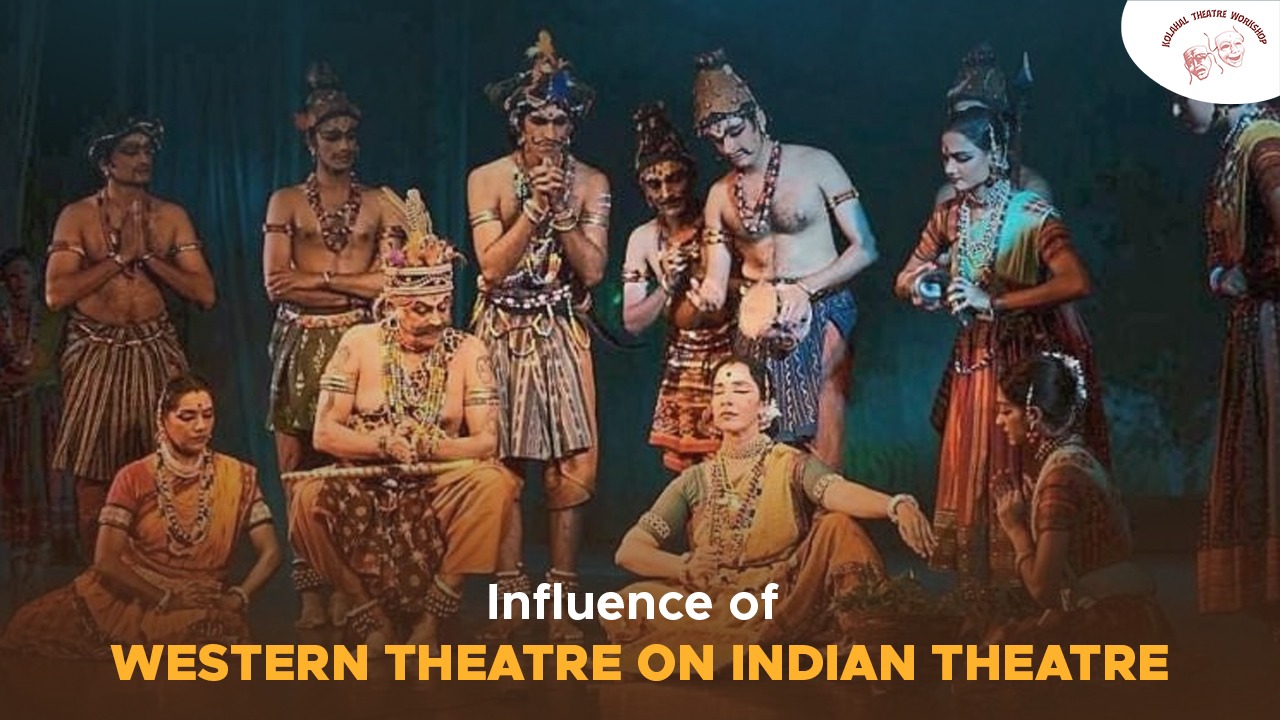Influence of Western Theatre on Indian Theatre
Introduction
The influence of Western theatre on Indian theatre has been profound and multifaceted, shaping contemporary performances, narrative styles, and stagecraft. This cross-cultural exchange began in earnest during the colonial period and has continued to evolve, leading to a rich tapestry of theatrical practices in India today.
Historical Context
The arrival of British colonial rule in the 18th century marked the beginning of significant Western influence on Indian arts and culture. The introduction of Western education and literature played a pivotal role in this cultural interchange. Indian elites, exposed to English plays and European theatrical traditions, began to incorporate these elements into their own performances.
Adaptation and Synthesis
One of the earliest forms of Western-influenced theatre in India was the Parsi theatre, which emerged in the mid-19th century. Parsi theatre blended elements of Western drama with traditional Indian storytelling, music, and dance. The result was a unique hybrid form that became immensely popular across the country. Plays often featured melodramatic narratives, elaborate costumes, and set designs inspired by Victorian theatre.
Influence on Playwriting
The impact of Western dramaturgy is evident in the works of several renowned Indian playwrights. Rabindranath Tagore, India’s first Nobel laureate in literature, was significantly influenced by Western literary traditions. His plays, such as “The Post Office” and “Red Oleanders,” reflect a synthesis of Indian themes with Western narrative structures and philosophical ideas.
In the mid-20th century, playwrights like Vijay Tendulkar, Girish Karnad, and Badal Sircar drew inspiration from Western existentialism, absurdism, and realism. These playwrights used Western theatrical techniques to explore contemporary social and political issues in India, creating a new wave of modern Indian theatre.
Evolution of Stagecraft
Western influence also revolutionized Indian stagecraft. The introduction of proscenium theatres, advanced lighting techniques, and realistic set designs transformed the visual and technical aspects of Indian theatre. Indian productions began to adopt Western styles of directing, acting, and stage management, leading to more polished and professional performances.
Contemporary Theatre
Today, the influence of Western theatre is evident in various forms of Indian theatre, from mainstream commercial productions to experimental and avant-garde performances. Modern Indian theatre groups often collaborate with international artists and participate in global theatre festivals, further enriching their practice through cross-cultural exchanges.
Moreover, contemporary Indian theatre continues to blend Western and Indian elements, creating innovative performances that resonate with diverse audiences. This ongoing dialogue between Western and Indian theatrical traditions has fostered a dynamic and evolving theatre scene in India.
Conclusion
The influence of Western theatre on Indian theatre has been a catalyst for growth and innovation. By integrating Western techniques and styles, Indian theatre has expanded its expressive potential, addressed contemporary themes while preserved its rich cultural heritage. This fusion of Eastern and Western traditions continues to shape the future of Indian theatre, making it a vibrant and integral part of the global performing arts landscape.



